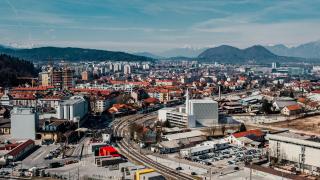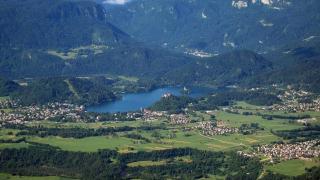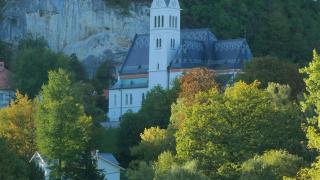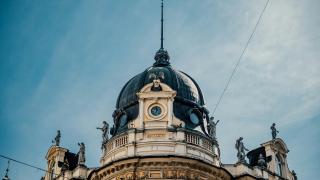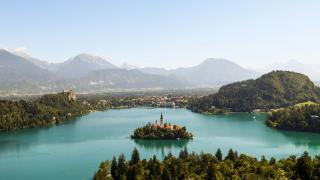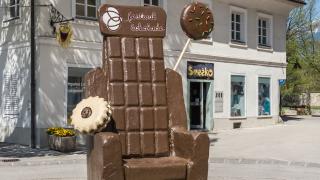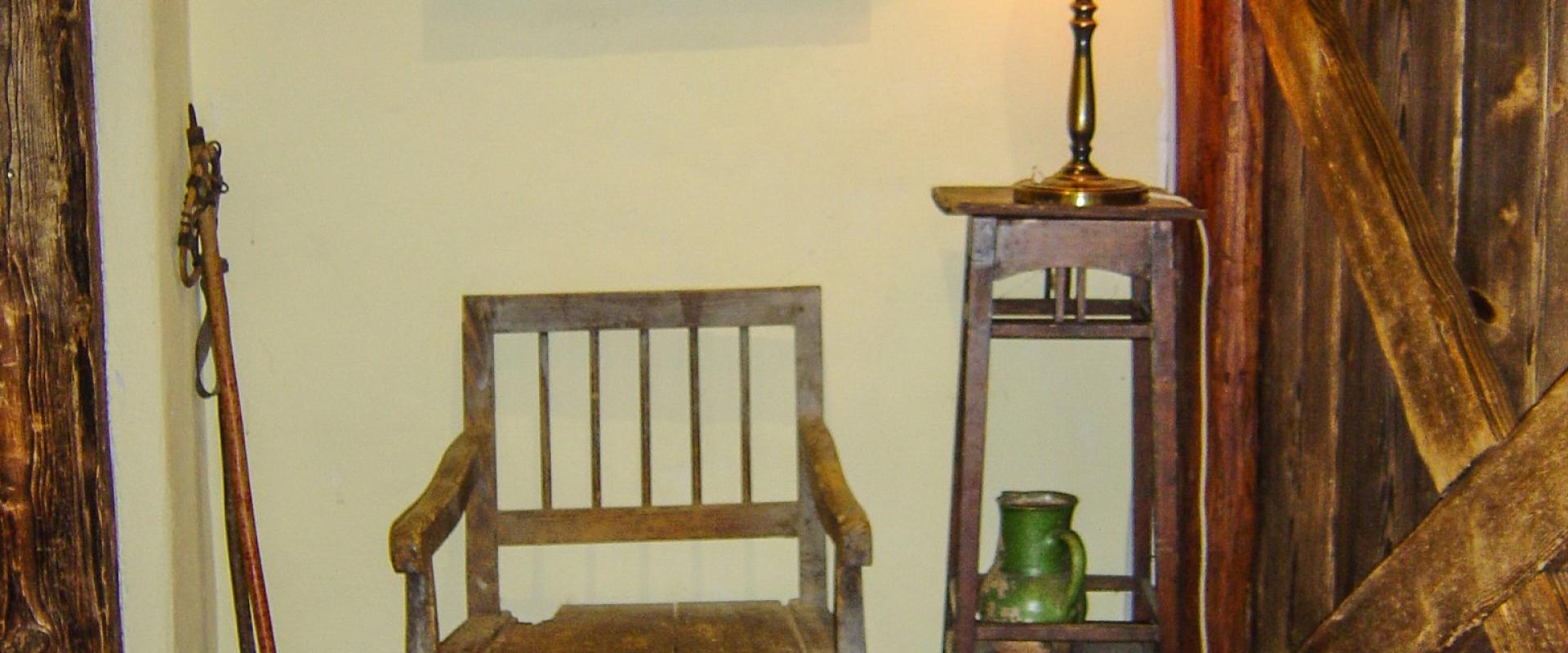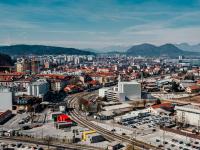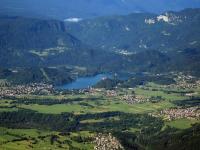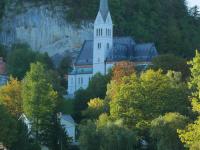Crafting Slovenia’s Identity
Traditional crafts in Slovenia have deep roots. Pottery in Prekmurje dates back centuries. Ribnica is known for suha roba (woodenware) and pottery. The Ribnica Fair has operated since 1492. Idrija lace, made with bobbins, is a UNESCO-recognized tradition. The Idrija Lace School has taught lacemaking since 1876. In Škofja Loka, blacksmithing and linen weaving are preserved. The Duo Škofja Loka Arts & Craft Centre displays local artisans’ work. Handcrafted goods are found at markets and fairs, such as the Ljubljana Central Market. Prices for handmade lace start at €15. Woodenware pieces cost from €10. Workshops last from one hour to a full day. Crafts are part of daily life, used in homes and festivals. Artisans pass skills from generation to generation. Exploring these crafts connects travelers to Slovenian heritage. Visitors can join workshops or buy directly from makers. Each region has distinct styles and techniques. Traditional crafts reflect Slovenian identity and pride. Engaging with them offers insight into local culture.
Spotlight on Signature Crafts
Idrija lace is made in Idrija, western Slovenia. It uses bobbin techniques unique to the region. The Idrija Lace School has operated since 1876. Lace pieces range from €10 for bookmarks to €200 for tablecloths.
Ribnica is known for suha roba—handmade woodenware. Artisans craft spoons, sieves, and buckets. The Ribnica Fair, held each September, features over 400 stalls. Prices for wooden utensils start at €3.
Pottery is strong in Prekmurje and Ribnica. Traditional black pottery is fired in wood kilns. Local potters sell mugs for €8–€15. Workshops last 2–3 hours.
Bee-keeping is widespread in Gorenjska and Lower Carniola. Painted beehive panels (panjske končnice) are a Slovenian specialty. Panels depict folk tales or religious scenes. Originals can cost €50–€150.
Lectarstvo—decorated gingerbread hearts—originates in Radovljica. The Lectar Workshop has made them since 1766. Hearts are hand-painted and cost €5–€20.
Regional specialties:
- Idrija: lace
- Ribnica: woodenware, pottery
- Radovljica: gingerbread
- Škofja Loka: blacksmithing, linen-weaving
Artisans often learn skills from family. Many workshops welcome visitors. Some crafts are protected by national heritage laws.
Where to See and Shop
Ribnica is the center for suha roba (woodenware) and pottery. The Ribnica Fair runs each September, with over 400 stalls. The Museum of Ribnica offers demonstrations year-round. Most items cost €5–€50.
Idrija is known for Idrija lace. The Idrija Lace Festival takes place every June. The Idrija Lace School offers guided tours and workshops. Lace pieces are sold directly by artisans, starting at €10.
Ljubljana Central Market features stalls with ceramics, lace, and woodenware. Open daily except Sundays. Prices vary: small ceramics from €8, lace bookmarks from €10.
Radovljica specializes in gingerbread (lectar) and beekeeping crafts. The Lectar Workshop and Museum allows visitors to watch gingerbread being made. Entry is €5.
Škofja Loka has the Duo Arts & Crafts Centre. Visitors can see blacksmithing and linen-weaving. Workshops are available by appointment.
Museums: The Slovene Ethnographic Museum in Ljubljana displays national craft collections. Entry is €6.
How to identify genuine Slovenian crafts:
- Look for “Rokodelstvo Art&Craft Slovenija” labels
- Ask about the maker’s name and origin
- Check for hand-finished details
Buying directly from artisans supports local heritage. Most workshops accept cash and cards. Many offer shipping for larger items.
Hands-On Craft Experiences
Travelers can join craft workshops across Slovenia.
- Idrija Lace School offers bobbin lace-making classes. Sessions last 2-3 hours. Prices start at €25 per person. English-speaking instructors are available. Advance booking is required via the school’s website.
- Ribnica Museum holds woodenware and pottery workshops. Classes run 1-2 hours. Fees range from €10-€20. Bookings can be made by email or phone. Demonstrations are also available during the Ribnica Fair each September.
- Radovljica hosts gingerbread (lectar) decorating workshops. The Lectar Inn offers 60-minute sessions for €12. Workshops run daily in summer. Reservations are recommended.
- Duo Škofja Loka Arts & Craft Centre provides blacksmithing and weaving demonstrations. Some sessions are hands-on. Prices vary by craft, starting at €8. Check their website for schedules.
During workshops:
- All materials are provided.
- Most instructors speak basic English or German.
- Visual demonstrations help overcome language barriers.
- Finished items can be taken home as souvenirs.
Tips:
- Book at least one week ahead, especially in summer.
- Bring cash for small purchases.
- Ask about group discounts for families.
Traveler’s Craft Checklist
Best times for craft events:
- Ribnica Fair: first Sunday in September. Over 400 stalls. Arrive early for best selection.
- Idrija Lace Festival: June. Includes demonstrations and lace markets.
Where to go:
- Ribnica: Museum of Ribnica, open year-round. Workshops must be booked in advance.
- Idrija: Idrija Lace School. Guided tours available. Check opening hours online.
- Škofja Loka: Duo Arts & Craft Centre. Small group visits recommended.
Planning tips:
- Confirm workshop schedules 1-2 weeks ahead. Some close in winter.
- Most workshops are accessible by car or bus. Allow extra time for rural areas.
- Entry fees range from €5–€10. Workshops cost €20–€40 per session.
Etiquette:
- Ask before taking photos. Greet artisans with "Dober dan."
- Handle items only when invited.
Quick tips:
- Bring cash for markets. Many stalls do not accept cards.
- Purchase directly from artisans for authenticity.
- Allow at least 1–2 hours per visit for meaningful interaction.
